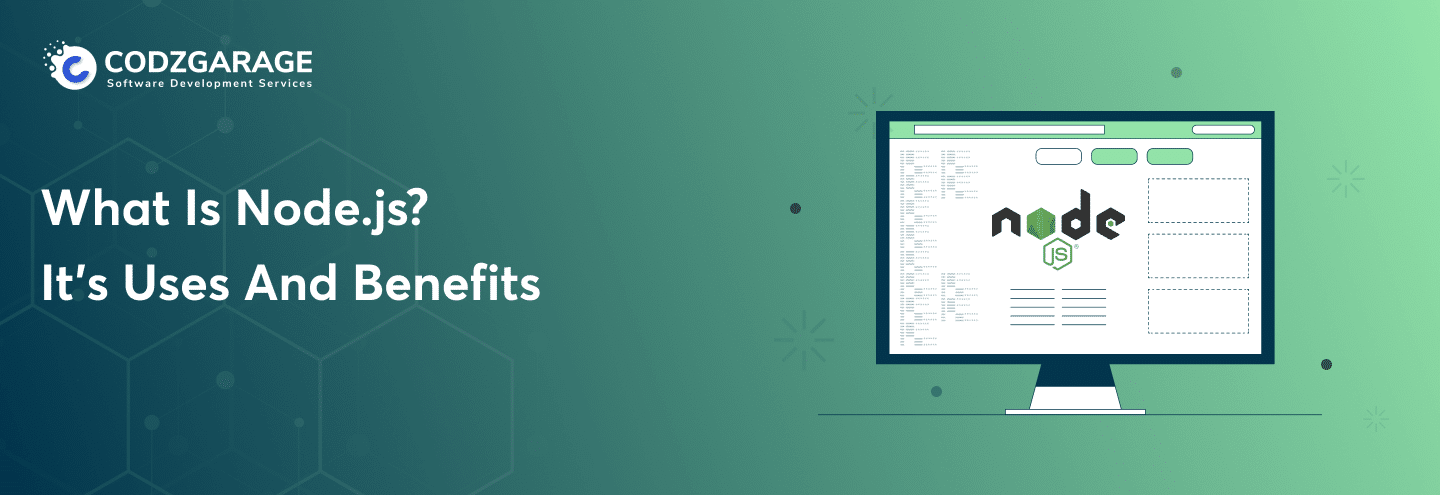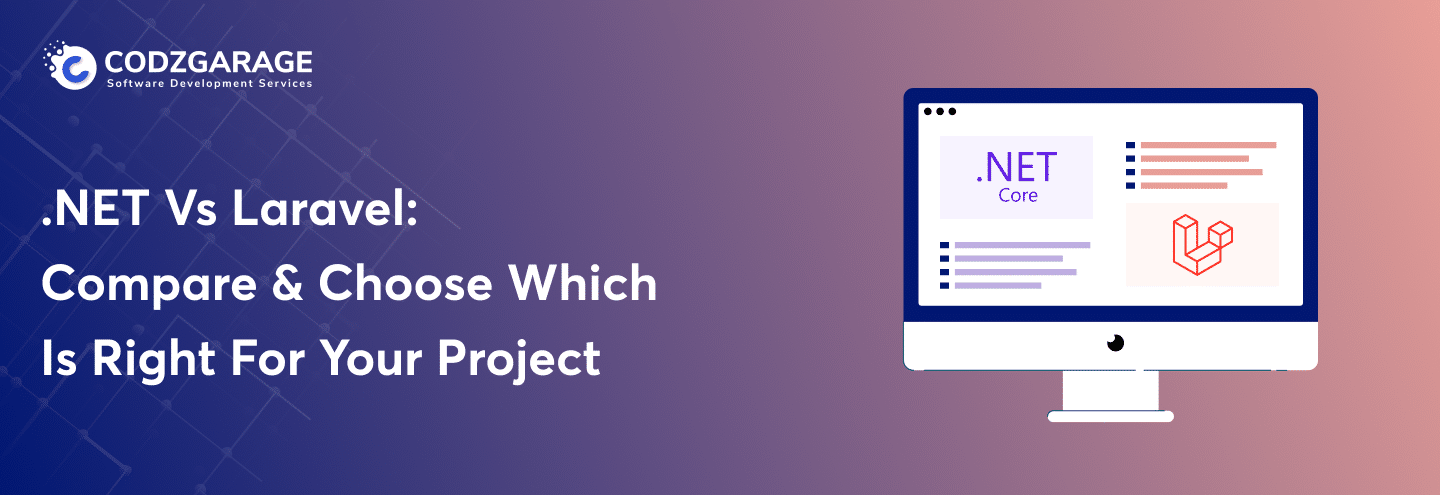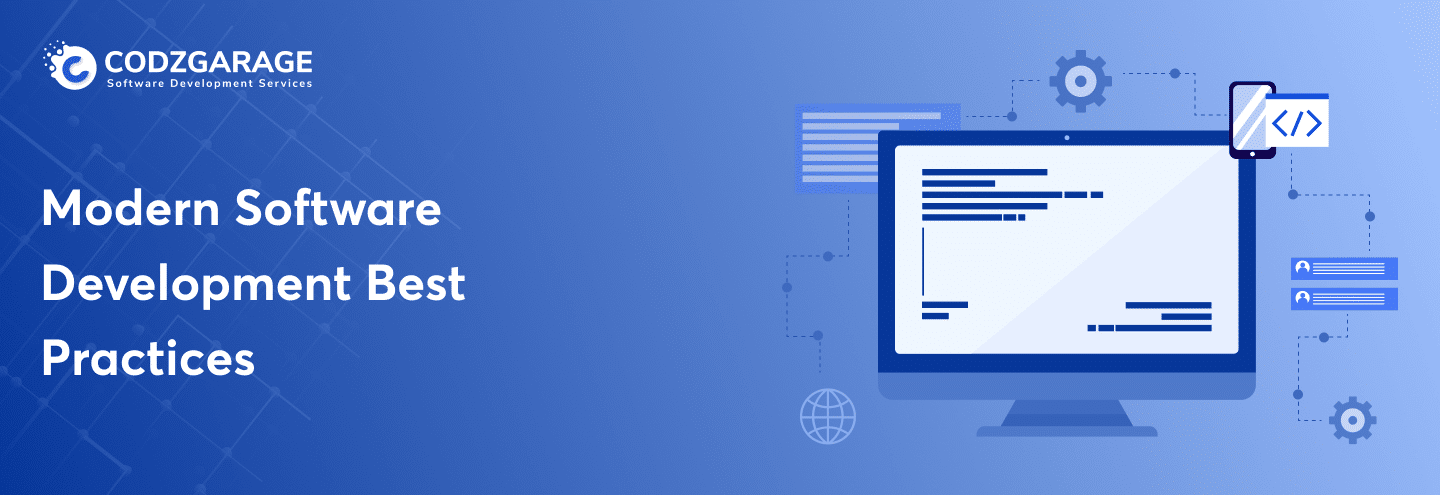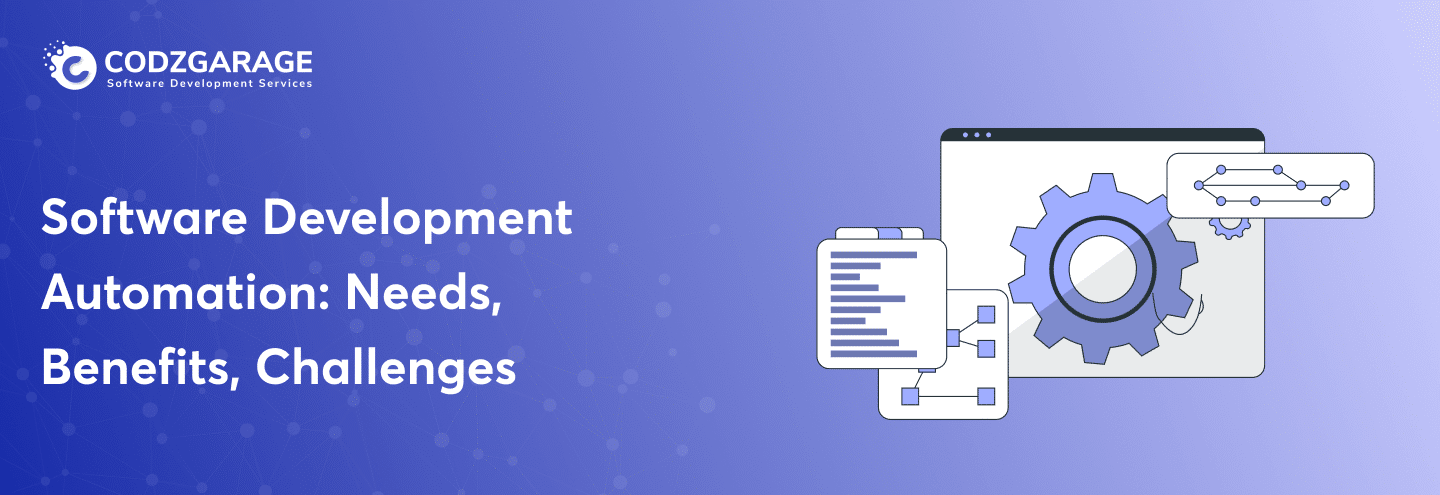-
2330
Key Difference: ERP Customization vs ERP Configuration
From business communication to process automation, the manufacturing sector is going through transformational changes. ERP configuration and customization fulfills their needs at large. They make their ERP system future-proof by adding more new features or customizing their system accordingly. ERP Customization Vs. ERP Configuration is confusing; they need a solution.
We often find ourselves at sea with jargon words that are easy to understand and familiar, albeit different in meaning. ERP customization vs. ERP configuration are the two terms that often create confusion. We’ve sorted this out in this article. Let’s explore;
Are you looking to add or modify modules, functionalities, or features to your existing ERP system? Or do you want to change the behavior, features, and parameters of your ERP software to meet your enterprise’s growing needs? Then this article, ERP customization vs. ERP configuration, is for you. They are different terms used for different purposes —one requires coding, and you may need to approach an ERP software development service provider to customize your software, while the other requires no coding.
In this article, we are going to introduce the following;
- What is ERP software
- What ERP Configuration
- What is ERP customization
- ERP customization vs. ERP Configuration -pros and cons
- When do you need ERP customization and configuration
Codzgarge is the is an established organization, offering custom software development services, including csutomization, configuration and legacy system migration.Contact us for free consultation and take your give your project a direction.
ERP development is significant for your organization and understanding its every bit of thing can help you make the right decision. So, explore this article before you take a final call.
When it concerns tailoring your ERP system to suit your unique needs, you may come across various terms, such as customization and configuration. Your ERP implementation partner will adeptly gather your business requirements and subsequently proceed to either configure your system accordingly or customize it to precisely match your needs.
What is ERP Software System and What does It Mean for Enterprises?
ERP stands for enterprise resource planning and is a kind of software created and used to manage a variety of day-to-day business operations. For instance, accounting, project management, supply chain management, risk management, and so on, in a company.
ERP systems are specifically designed to be flexible, assisting businesses in meeting the business objectives they are aimed at. Each organization is different from others; hence ERP systems are also different depending on the organization they are built for. In many organizations, they modernize their legacy ERP system with new features, tech stacks and functionalities.
Did you know the revenue in ERP is all set to reach US$49.30bn in 2023?
Anyone can build an ERP system as per their business needs, and you’ll have many choices, including configuration and customization, depending on your needs. In this article, we will explore the differences between customization and configuration for ERP. Let’s explore!
Difference Between Configuration and Customization in ERP System
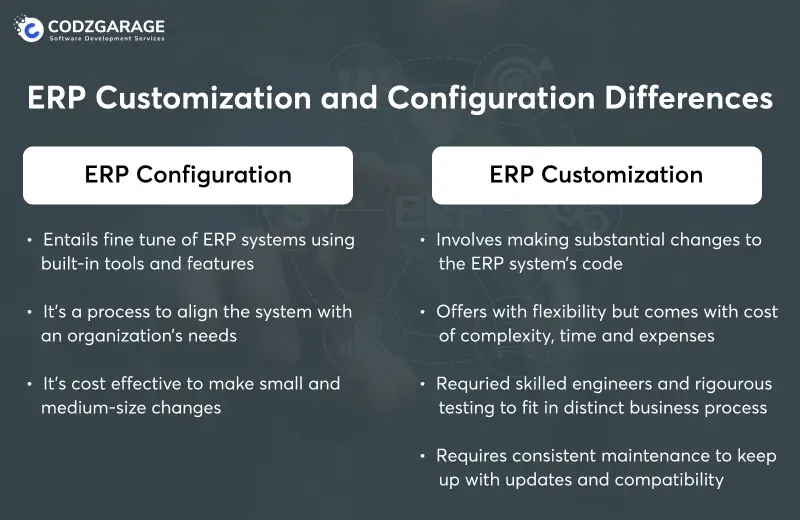
When an enterprise faces issue with ERP system or it gets rigid, they need to perform customization or configuration.
ERP Configuration refers to making changes in the settings of the ERP system. For example, enterprise can changes in the data fields, workflows, processes, etc. without making any changes in the code base.
ERP configuration
- Entails fine tune of ERP systems using built-in tools and features
- It’s a process to align the system with an organization’s needs
- It’s cost effective to make small and medium-size changes
ERP Customization is performed when an enterprise needs to add new features and functionalities. They need to hire web developers with core expertise in enterprise level ERP application development.
ERP Customization;
- Involves making substantial changes to the ERP system’s code
- Offers with flexibility but comes with cost of complexity, time and expenses
- Requried skilled engineers and rigourous testing to fit in distinct business process
- Requires consistent maintenance to keep up with updates and compatibility
These are basic differences between customization and configuration in the ERP system. We have made it precise by bringing you ERP configuration vs customization below;
Configuration Vs Customization: Basic Comparison
| Particular | Configuration | Customization |
|---|---|---|
| Definition | Refers to making changes in the settings of the ERP system without touching code. | Performed when an enterprise needs to add new features and functionalities. |
| Scope | Make changes in features using built-in tools provided by the ERP system. | Modify system’s code, add new features & functionalities. |
| Flexibility | Limited flexibility. | High flexibility. |
| Implementation Time | Faster. | Slower. |
| Cost | Cost effective. | Expensive. |
| Maintenance | Easy to maintain. | Requires consistent maintenance. |
| Learning Curve | Easy. | Stiff. |
| Scalability | Limited, suitable for small & medium-sized changes. | Suitable for Complex, large scale changes. |
| Use Cases | Best for minor adaption, such as workflows, reports. | Best for making specific changes, such as business processes, requirements, etc. |
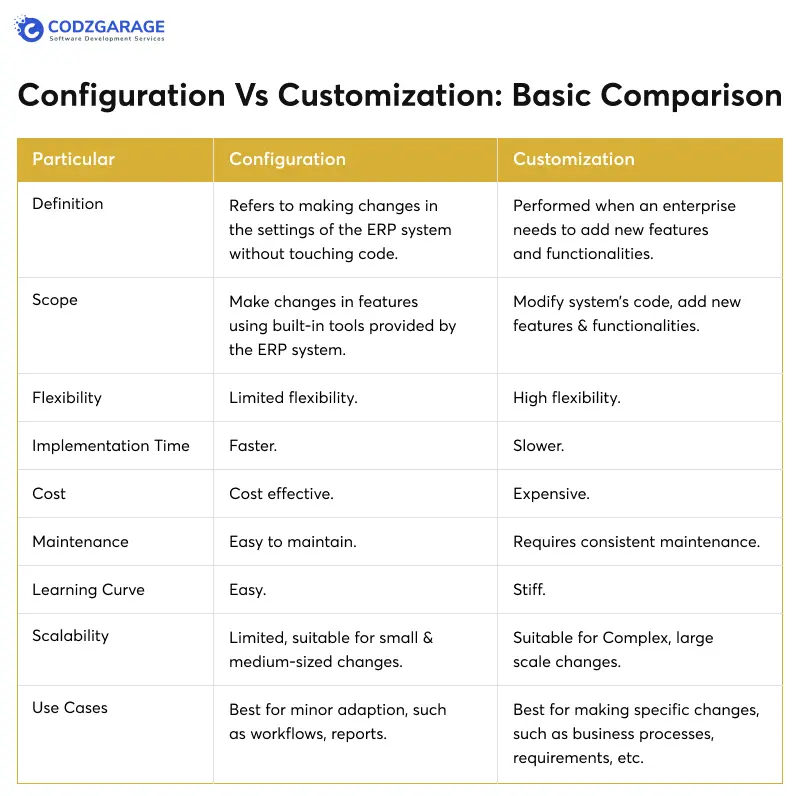
Understanding ERP Configuration
ERP configuration is the process that consists of making changes in an ERP based on specific requirements in an organization without altering or modifying the source code. The configuration contains adjusting multiple settings, including time zones, language, industry-specific business processes and workflows, financial reports, currencies, data analytics and business intelligence, and so on.
The configuration settings are pre-built within an ERP system and are a part of the source code. As per their need, a company can tweak the settings and configure the system to cater to their specific needs.
Do you want to understand more about ERP Configuration?
We are a team of engineers who understand every nitty-gritty of ERP development and can help you rescue, and configure your existing ERP system.
Connect with ERP Expert Now.- Making changes in language, time zone, and currency.
- Altering page layouts as well as standard options.
- Setting default email tool.
- Setting standard security parameters.
- Setting up the user’s role and preferences.
ERP Configuration Examples
Pros And Cons of ERP Configuration
Going through the paragraphs mentioned above, you’re more likely to know what’s ERP and ERP configuration, with some examples. As you know, it’s time we knew some of the pros and cons of ERP configuration.
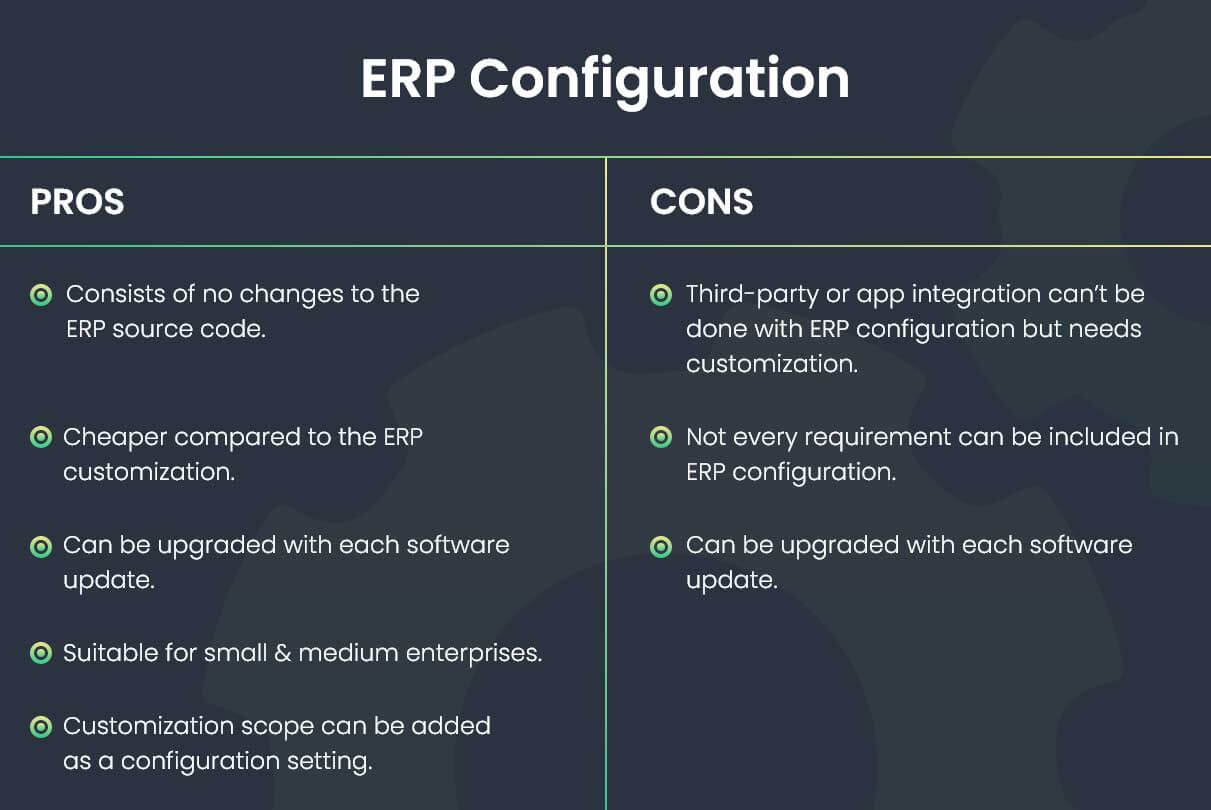
| Pros | Cons |
|---|---|
| Consists of no changes to the ERP source code | Third-party or app integration can’t be done with ERP configuration but needs customization. |
| Cheaper compared to the ERP customization. | Not every requirement can be included in ERP configuration. |
| Can be upgraded with each software update. | Additional modules can’t get added through ERP configuration and requires customization. |
| Suitable for small & medium enterprises. | |
| Customization scope can be added as a configuration setting. |
Understanding ERP Customization
Unlike configuration, ERP customization consists of modifying the ERP app on a macro scale to make the system as worthwhile as it meets the organization’s specific requirements. ERP customization involves making modifications in modules/functionalities as per the needs, apart from what the standard version provides. Moreover, integration with third-party or internal apps to improve performance and provide an end-to-end automation solution is also part of customization.
The ERP customization process consists of working at the source code level, hence, involves comprehensive planning. The process contains understanding the project requirements in detail, planning, development, testing intensively, implementation, and eventually, training and bug fixes. The procedure can take an elephantine amount of time and expense depending on the project scope, changes required, and the enterprise size.
- Enhancement in existing features and performance modification.
- Adding new features & functionalities that aren’t pre-built in the system.
- Including support for third-party plugins, tools, and functionalities.
- Adding additional processes for task management.
ERP Customization Examples
ERP Customization Pros and Cons
When an ERP system is customized per your business, it brings more benefits to the table. When customized accurately, an ERP has all the features and functionalities to cater to your specific business needs resulting in delivering the outcome that fits into your expectations. However, there’s nothing with only pros, the ERP customization also has some cons. For your information’s sake, we mentioned not only the advantages of ERP customization but also the disadvantages that you need to consider.
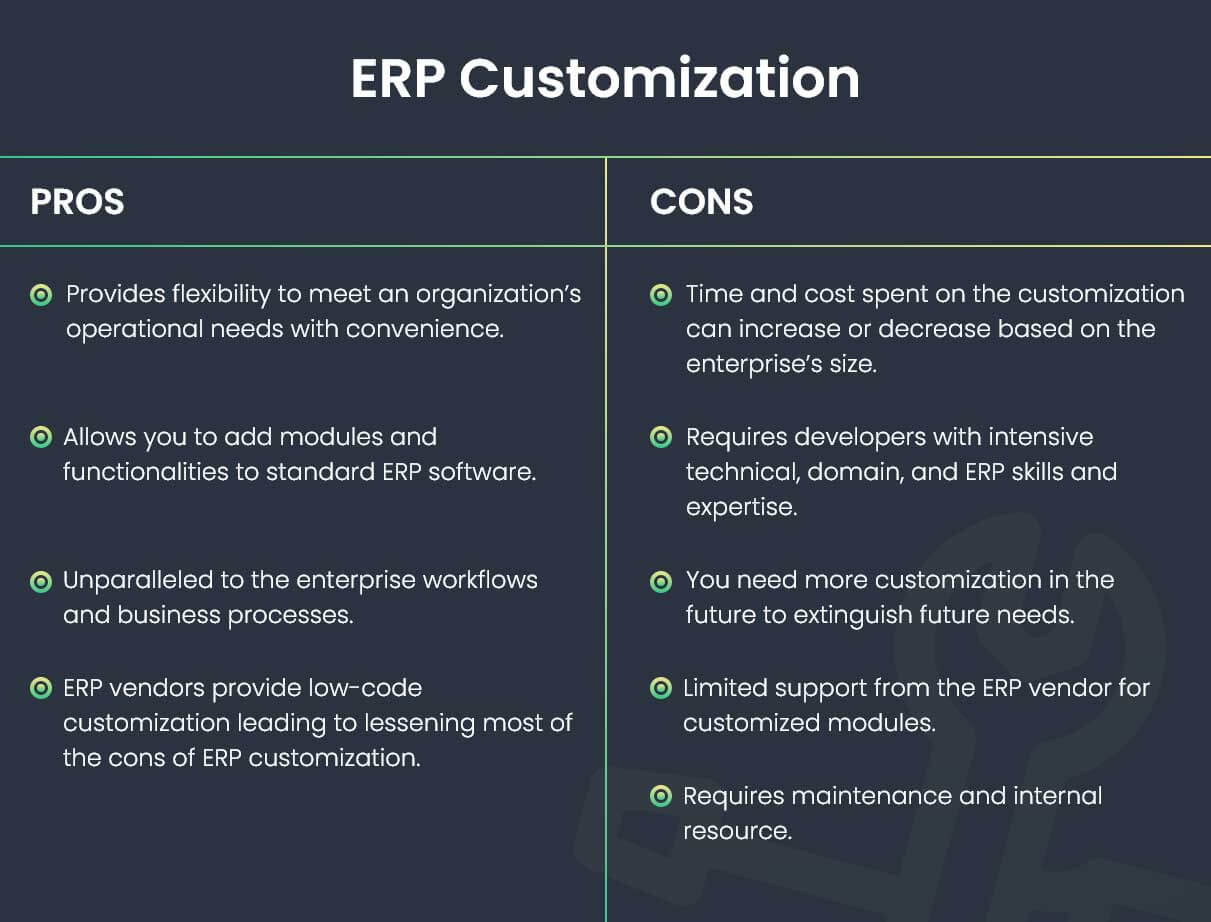
| Pros | Cons |
|---|---|
| Provides flexibility to meet an organization’s operational needs with convenience. | Time and cost spent on the customization can increase or decrease based on the enterprise’s size. |
| Allows you to add modules and functionalities to standard ERP software. | Requires developers with intensive technical, domain, and ERP skills and expertise. |
| Unparalleled to the enterprise workflows and business processes. | You need more customization in the future to extinguish future needs. |
| ERP vendors provide low-code customization leading to lessening most of the cons of ERP customization. | Limited support from the ERP vendor for customized modules. |
| Requires maintenance and internal resource. |
When To Choose ERP Configuration & ERP Customization
A configuration involves changing features and setups to change the behavior of the system you make use of. Customization, on the other hand, alters the features and functionality to fit into the business requirements. Configuration is done to the setup part with a slight change, whereas the customization requires coding as well. Moreover, customization may take more time and cost compared to configuration. When choosing between customization vs. configuration services, there’s no pre-defined parameter, but you need to consider a variety of factors to come to a conclusion and select what’s right for you. Mentioned below are some of the factors that can make a difference.
- Enterprise’s Size
- Industry Vertica
- Your Budget
- Existing Business Processes
ERP configuration is way more suitable for SMEs, whereas ERP customization is right for larger enterprises with specific needs. Here is some consideration that organizations must factor in when choosing between ERP configuration Vs. Customization:
- Time— The ERP customization consumes more time compared to the ERP configuration. ERP customization, you require to write or modify ERP code that raises the need to hire and train ERP professionals. ERP configuration, on the other hand, is less time-consuming.
- Technical Expertise— It takes skilled and expert ERP developers to create customized codes or modify the existing ones. Seeking out such professionals become challenging, specifically for organizations that don’t customize systems on a regular basis. ERP configuration, on the other hand, is simpler— as don’t need the next level of technical skills. A professional having basic ERP development skills can work on configuration effortlessly.
- Personalization— When an organization needs to personalize its ERP system as per its preferences, for instance, modifying the field labels and developing additional user roles, ERP configuration is the suitable option.
- Extended Functionality— You can prefer ERP customization when you wish to extend the functionality within the existing ERP modules. You can choose to customize your ERP system to add new functionalities to it to cater to your expanded business requirements.
- Budget— ERP customization is expensive in terms of both time and cost. The cost of ERP customization can be expensive based on the complexity of the project. Moreover, it can also be time-consuming, resulting in delays in ERP deployment. It can result in exceeding the budget for ERP implementation.
Balancing Configuration And Customization
There’s a multitude of factors based on which organizations can opt to choose for ERP configuration and customization. Companies need to gauge their business size, industry vertical, existing business process, allocated budget, and so on, and then choose the one that suits their needs the most. For example, ERP configuration suits small and medium expertise, whereas ERP customization is better for large organizations with specific requirements.
Despite ERP configuration being simpler and beneficial, organizations still need ERP customization to meet their business requirements. The majority of organizations look to combine ERP customization and configuration to squeeze the most out of the process.
To squeeze better outcomes, an organization requires a robust ERP software to yield the expected result. However, you need to choose if you need standard ERP system or custom ERP development to make the most out of your development needs. Excellent ERP developers understand your requirements, work dedicatedly, and deliver results satisfactory to you.
Conclusion
There’s no predetermined answer on whether to choose ERP configuration or ERP customization for your ERP system implementation, as it mostly depends on your company, its present business requirements, and many other factors. Perform a proper assessment of what your company requires, also consider your budget, and then go with ERP customization or ERP configuration that fit your need.
Codzgarage is the most reputed ERP Software Development Services provider to help you bag the best system for your enterprises. Contact us if you need consultation or customization and configuration or everything in between.
Want to
Upgrade ERP SolutionsWe Excell In
- ERP Configuration
- ERP Customization
- Custom ERP Development



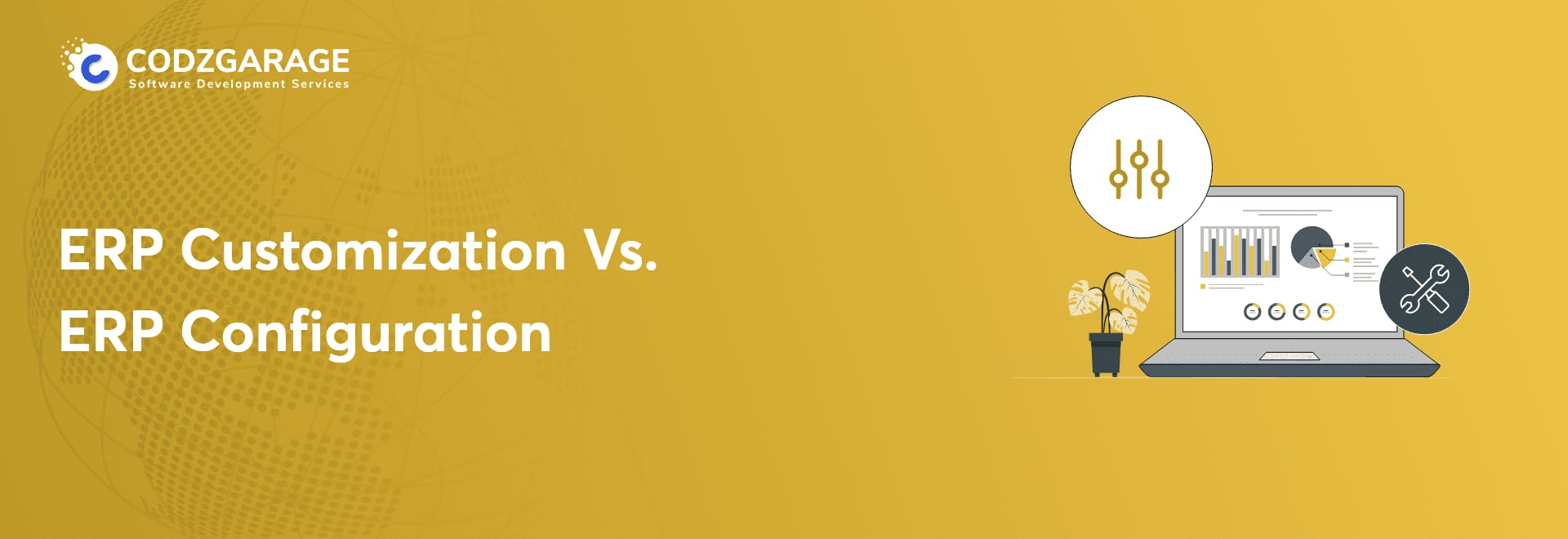

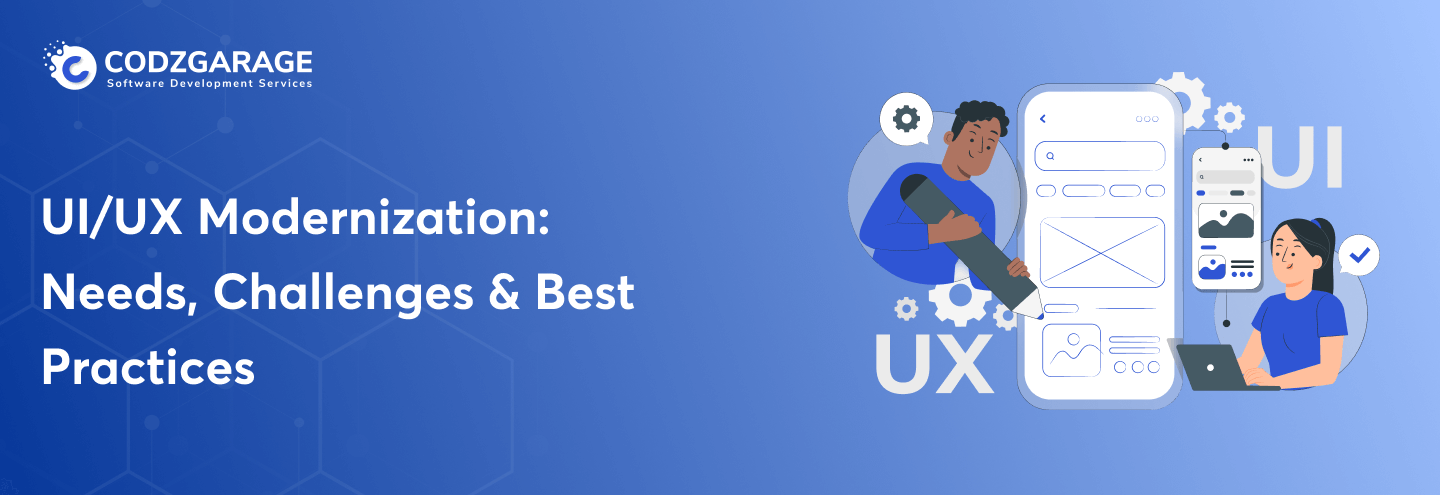
 Kevin Bhut
Kevin Bhut 